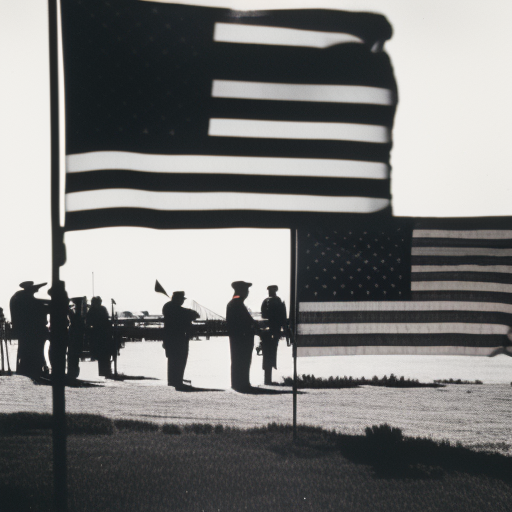Summary:
The United States Bicentennial was a year-long celebration held in 1976 to commemorate the 200th anniversary of the signing of the Declaration of Independence. The event included various festivities, parades, exhibitions, and cultural programs across the country. It aimed to honor the nation’s history, values, and achievements, while also fostering a sense of unity and patriotism among Americans.
Background:
The idea of celebrating the United States’ bicentennial originated in the early 1960s, when a group of prominent Americans proposed the idea to President John F. Kennedy. However, it was not until 1972 that President Richard Nixon signed a bill establishing the American Revolution Bicentennial Commission (ARBC) to plan and coordinate the celebrations.
Planning and Organization:
The ARBC, headed by former President Dwight D. Eisenhower, was responsible for overseeing the planning and organization of the bicentennial celebrations. The commission worked closely with state and local governments, as well as private organizations and businesses, to ensure a nationwide participation in the festivities.
Events and Activities:
The United States Bicentennial celebrations included a wide range of events and activities that showcased the nation’s history, culture, and achievements. These included:
- Parades: Numerous parades were held across the country, featuring historical reenactments, floats, and marching bands.
- Exhibitions: Museums and historical sites organized special exhibitions highlighting important moments and figures in American history.
- Concerts and Performances: Renowned musicians and artists performed patriotic songs and plays that celebrated American heritage.
- Fireworks: Spectacular fireworks displays were held in major cities, illuminating the night sky in vibrant colors.
- Special Commemorative Items: The bicentennial celebrations led to the production of various commemorative items, such as coins, stamps, and souvenirs.
- Educational Programs: Schools and educational institutions organized special programs and projects to educate students about the nation’s history and values.
Legacy and Impact:
The United States Bicentennial had a significant impact on the nation. It brought Americans from all walks of life together to celebrate their shared heritage and values. The celebrations fostered a sense of national pride and unity, as well as a renewed appreciation for the country’s history and democratic ideals.
The bicentennial also had economic benefits, as it attracted millions of tourists to various events and exhibitions, boosting local economies. Additionally, the celebrations led to the preservation and restoration of many historical sites and landmarks, ensuring their continued relevance and accessibility for future generations.
Furthermore, the United States Bicentennial served as a reminder of the nation’s progress and achievements over the past two centuries. It highlighted the importance of preserving the principles of freedom, democracy, and equality that the founding fathers had established in the Declaration of Independence.
In conclusion, the United States Bicentennial was a year-long celebration held in 1976 to commemorate the 200th anniversary of the signing of the Declaration of Independence. The event brought Americans together to honor their history, culture, and achievements through various festivities, parades, exhibitions, and cultural programs. It left a lasting legacy of national pride, unity, and a renewed appreciation for the nation’s democratic ideals.












